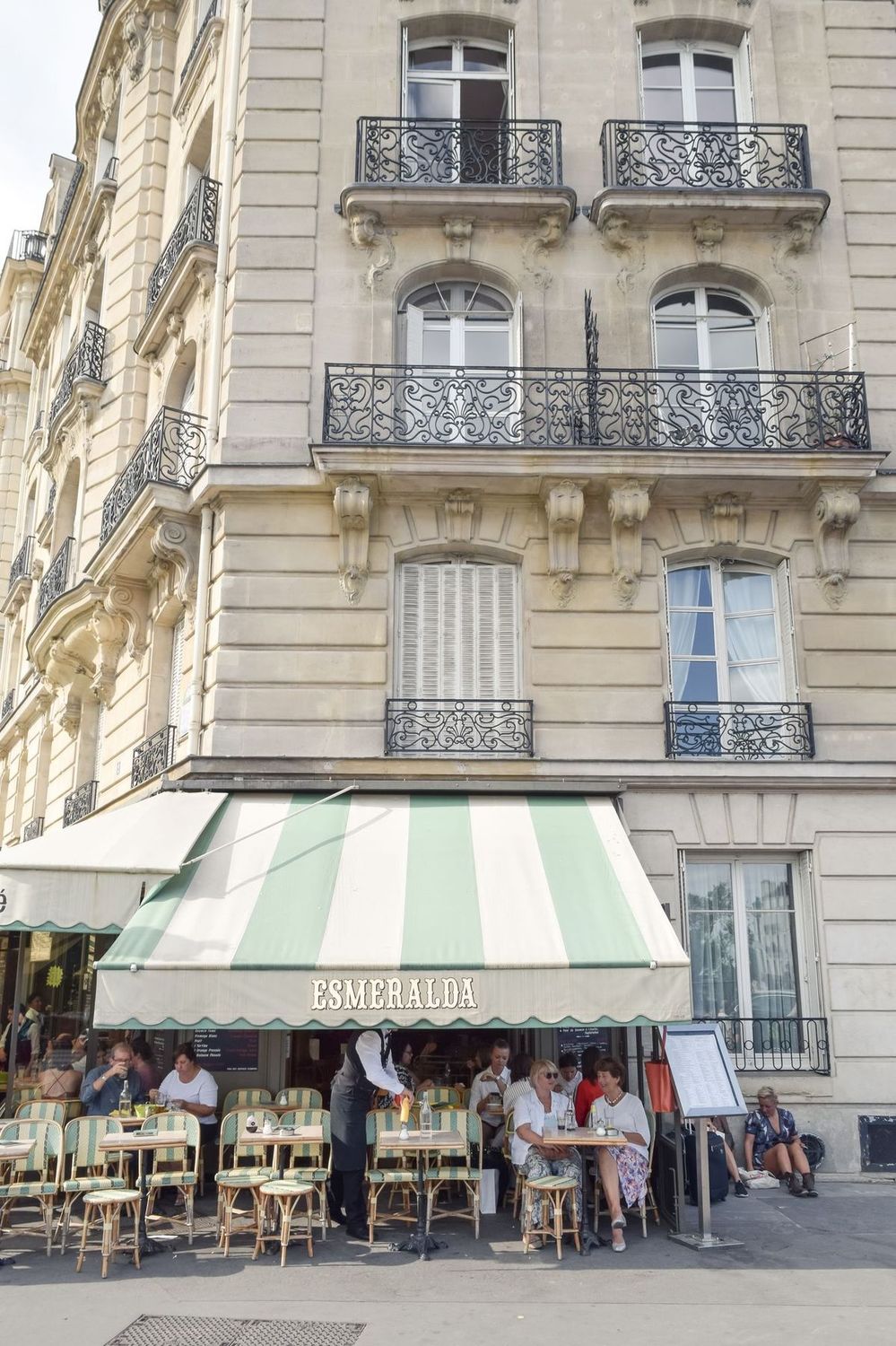5 Days in Paris Itinerary
Culture Travel may earn a commission through links on this website. As an Amazon Associate, we earn from qualifying purchases.
So you’re heading to the city of Light and want to know how to spend 5 days in Paris? Lucky you! I live in Paris and this is the best 5-day Paris itinerary I recommend to all my friends who come to visit.
Day 1: Eiffel Tower and L’Arc de Triomphe
On your first day in Paris, you’ll probably be dying to see the Eiffel Tower, so why not head there first? Here is a great way to spend your first day in Paris!
Begin your day with breakfast at Chez Francis for charming Eiffel Tower views.

Walk to Place de Trocadéro to see one of the best views of the Eiffel Tower. Since its construction in 1878, Place de Trocadero has been the site of many important events, including the signing of the Treaty of Versailles in 1919, which ended World War I. The square has also been the site of numerous protests and demonstrations over the years, including those during the 1968 student uprising and more recently during the Yellow Vest protests in 2018.
Cross the Seine River and walk along the Champ de Mars for more stunning views of the Eiffel Tower. The famous Tour Eiffel was built in 1889 for the World’s Fair and was designed by French engineer Gustave Eiffel. The tower stands 324 meters tall and is made up of 18,000 pieces of iron. It has unsurprisingly become a major tourist attraction, with over seven million visitors admiring its beauty each year.
Head to the famous market street Rue Cler for lunch and some light market shopping.
Cross the most beautiful bridge in the world: Pont Alexandre III. Built between 1896 and 1900, it was named after Tsar Alexander III of Russia, who had a strong relationship with France. The bridge is considered to be one of the most ornate and extravagant bridges in the world, with its lavish decorations and sculptures. It is an important symbol of Franco-Russian friendship, as it was built to commemorate the alliance between the two countries. This beautiful Parisian bridge has been featured in many films and television shows over the years.
Visit the Petit Palais, the city of Paris’ free art museum built in 1900. It was originally built for the Universal Exposition of 1900 and was designed by Charles Girault. The museum is home to a variety of artworks from the Renaissance to the 20th century, including works by Monet, Renoir, and Rodin. It also houses a large collection of sculptures, furniture, and decorative arts from the Middle Ages to the 19th century.
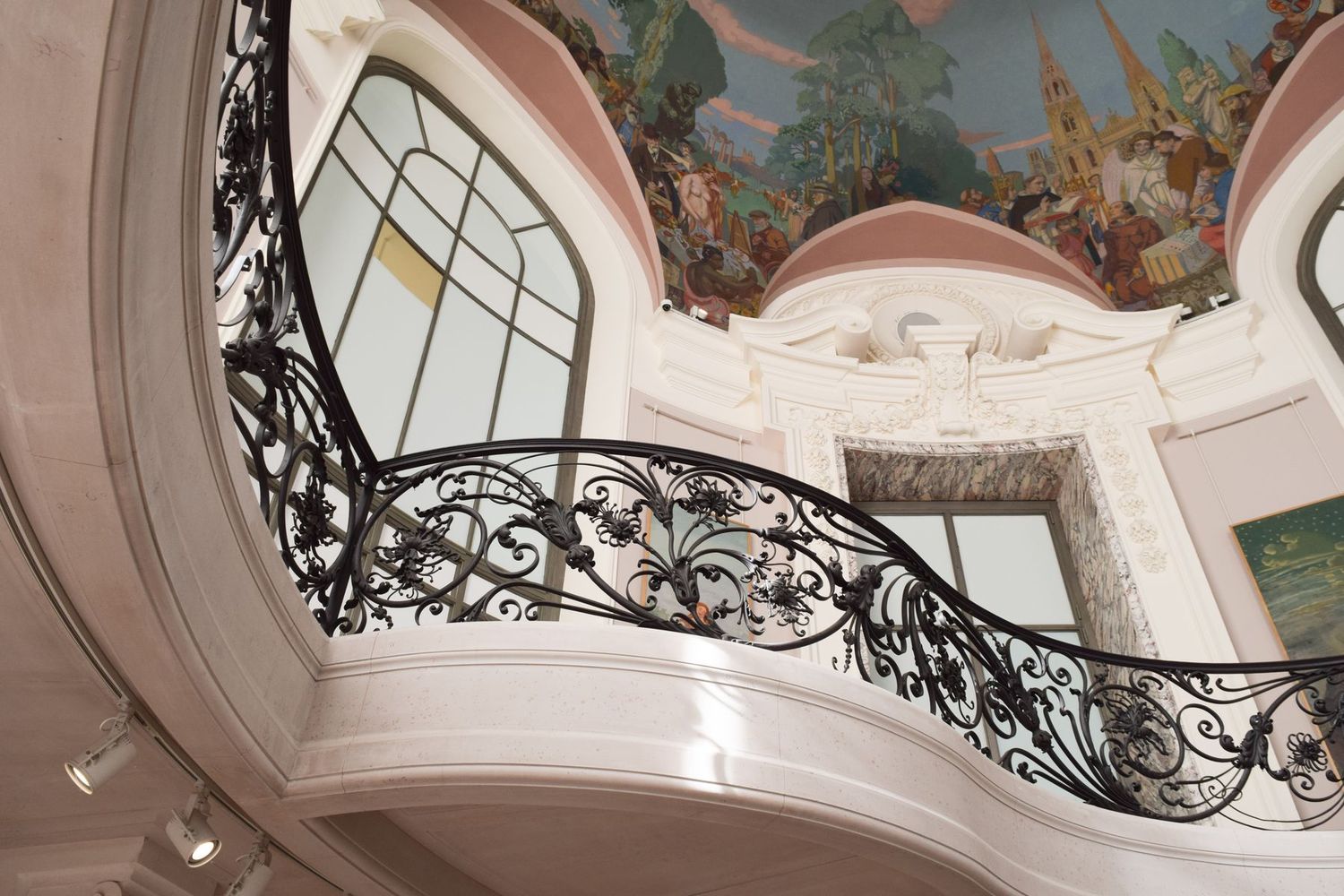
Walk north along the Champs Elysées until you reach L’Arc de Triomphe, a famous French monument commissioned by Napoleon in 1806 to commemorate his victories and honor the French army. The arch stands 164 feet tall and is adorned with sculptures and inscriptions that commemorate the battles of the Napoleonic Wars. It also serves as a memorial to those who died in battle, with their names inscribed on its walls.
Day 2: The 1st Arrondissement
You can’t visit Paris without exploring the 1st arrondissement in the city center! Many famous attractions are here so I’ve narrowed it down to the essential must-see sites for a first-time visitor.
Start with breakfast at Café Marly, a lovely French restaurant overlooking the beautiful Louvre glass pyramid.
Head to see the famous sculptures, artwork, and paintings in the world-class Louvre Museum or catch a glimpse of Monet’s Waterlillies at the Orangerie museum.
Have lunch along Rue de Rivoli, a wide street along the northern border of the Jardin des Tuileries. Have a hot chocolate at Angelina’s if it’s wintertime!
You must check out the grand Place Vendôme, originally built as a symbol of King Louis XIV’s power and wealth. The high-end square was designed by Jules Hardouin-Mansart and is known for its iconic column, which was erected in 1810 to commemorate Napoleon’s victory at the Battle of Austerlitz. The upscale square is also home to some of Europe’s most luxurious hotels, boutiques, and jewelry stores.
Walk through Jardin du Palais Royal, a 17th-century plaza and park first created by Cardinal Richelieu. Today the main building is used by the Ministry of Culture and Communication as well as the Comédie Française, a renowned theater in Paris, France that has been in operation since 1680.

Have an afternoon snack at Le Moulin de la Vierge, a boulangerie in the quaint Place des Petits Peres. Head over to the stunning Place des Victoires and admire the architecture.
Finish up the day by shopping at Les Halles or visiting the contemporary art museum Le Centre Pompidou.
Day 3: Le Marais
Today you’ll start the day off at one of Paris’ most famous landmarks, followed by a charming stroll along the cobblestone streets of Paris’ Jewish quarter, Le Marais.
Start the day on Ile de la Cité where you can admire the stunning Notre Dame Cathedral.
Head north to the Saint-Jacques Tower, a 16th-century tower that is part of the Church of Saint-Jacques-de-la-Boucherie, where you can see stunning views of the city skyline.
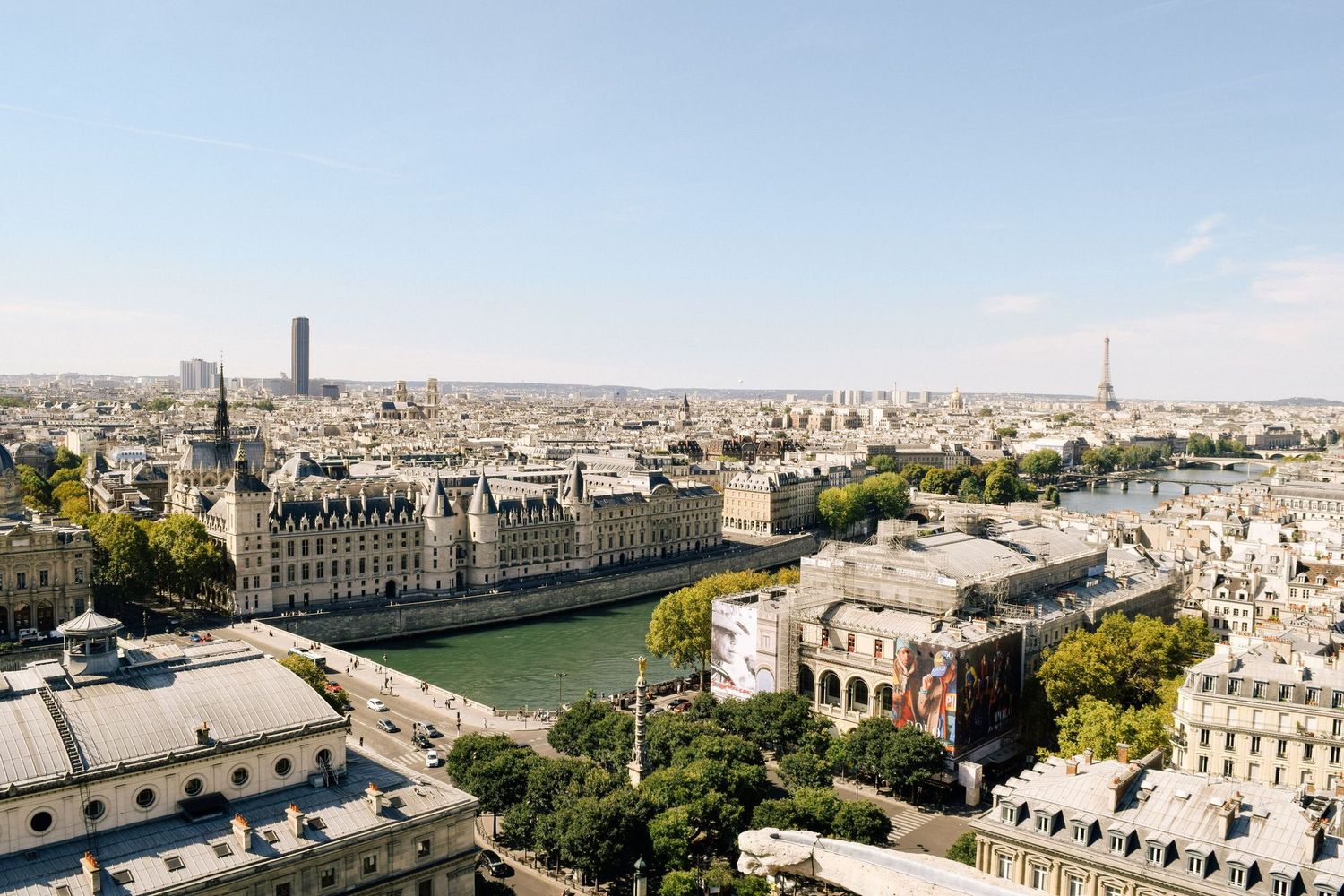
Walk along the famous Rue des Rosiers, a street in the historically significant Jewish quarter since the 13th century which is now a popular tourist destination. Stop at L’as du Falafel for lunch and eat some of the most scrumptious Jewish bakery items.
Have a gouter at La Droguerie for budget crêpes and try the nearby French brasserie Camille for traditional French food!
Head north to do some shopping in Le Marais or visit the Musée National Picasso, a renowned museum that celebrates the life and work of one of the most influential artists of the 20th century, Pablo Picasso.
Finish up the day in Paris’ oldest park Place des Vosges, the first planned square in Paris, built in 1612 by King Henry IV, considered to be one of the most beautiful plazas in the world.
If time allows, don’t miss the most colorful street in Paris: Rue Crémieux in the 11th!
Day 4: Saint-Germain-des-Près and the Latin Quarter
The left bank is sometimes overlooked but there are so many charming areas in this part of Paris, and you’d be silly to miss out on it! Spend the day exploring two beautiful neighborhoods in Rive Gauche: Saint Germain and the Latin Quarter.
Start the day with breakfast at Café de Flore or Les Deux Magots.
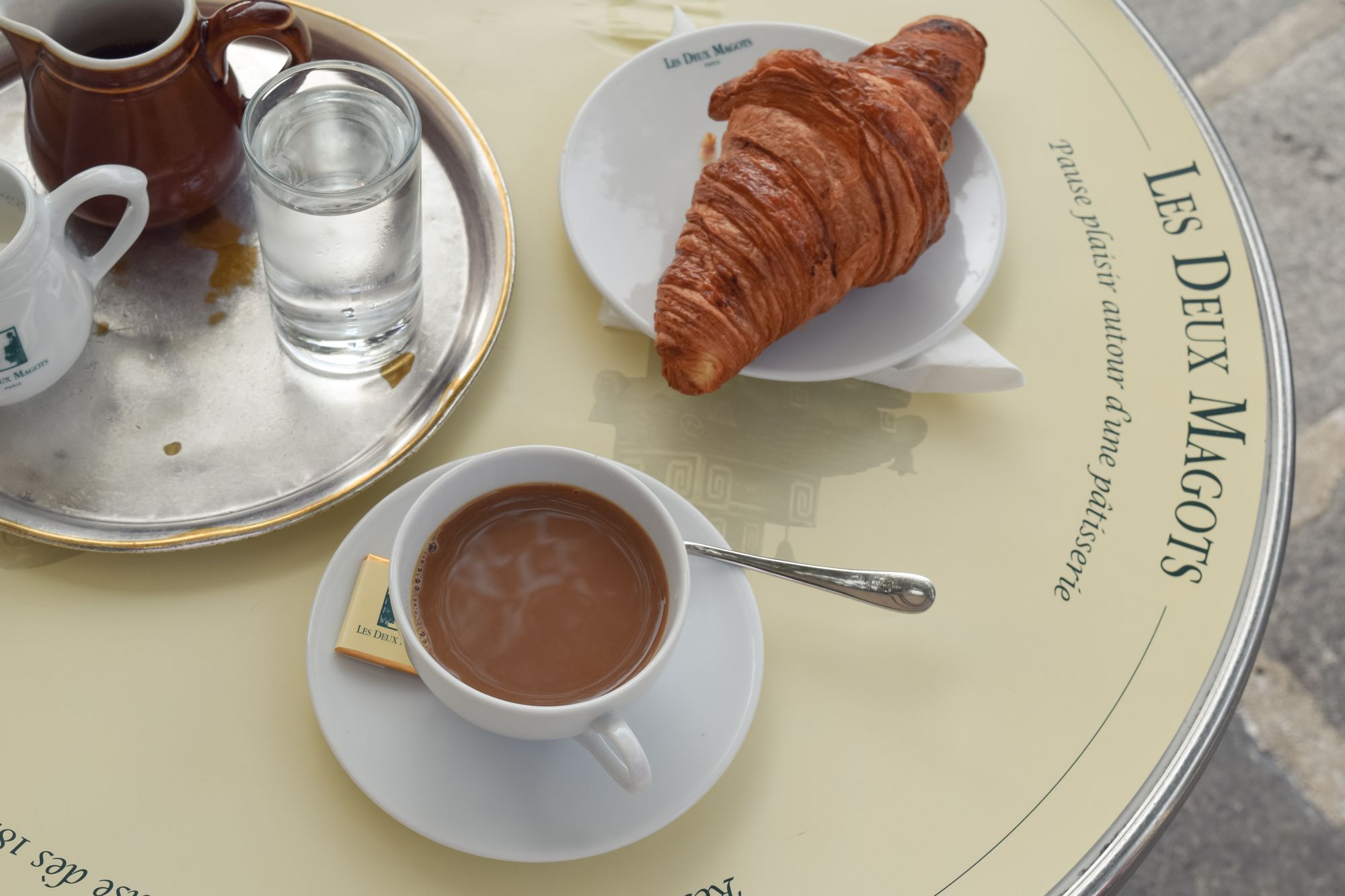
Walk south on Rue Bonaparte until you reach the Place Saint-Sulpice. This public square was built in 1646 and has been a major landmark in the city ever since. The square is home to the Church of Saint-Sulpice, which was built between 1646 and 1745 and is one of the largest churches in Paris. Place Saint-Sulpice has been featured in several films that take place in France, such as The Da Vinci Code and Midnight in Paris. It has been a setting for many famous French novels, such as Victor Hugo’s Les Misérables.
Pick up some macarons from Pierre Hermé, a renowned pastry chef and chocolatier in Paris, who has been awarded the prestigious Meilleur Ouvrier de France (Best Craftsman of France) award in 1996.
Continue towards the Jardin du Luxembourg, the second-largest public park in the city. It was originally created in 1612 by Marie de Medici, the widow of King Henry IV of France, as a place for her to retreat and enjoy the beauty of nature. The garden was designed in the style of Italian Renaissance gardens and houses many statues, fountains, and monuments, including a replica of the Statue of Liberty. It also features a large pond where kids can rent boats and push them around.
Head down Rue Soufflot toward the Panthéon, and go up if you like! Built in the 18th century, it was originally intended to be a church dedicated to St. Genevieve, the patron saint of Paris. However, it was later converted into a mausoleum for some of France’s most famous citizens, including Voltaire, Rousseau, Victor Hugo, and Marie Curie.
Walk through Place Dauphine. It was built in 1607 by King Henry IV and is considered to be one of the oldest squares in Paris. The square has a long and rich history, having served as a meeting place for many important figures throughout the centuries. It was here that Louis XIV signed the Edict of Nantes in 1685, granting religious freedom to French Protestants. During the French Revolution, Place Dauphine was used as a gathering place for revolutionaries and it was here that they declared their loyalty to the Republic.
For an apéro, drink champagne and eat pastries along the Seine River while you watch the sunset!
Finish the day with dinner at Le Procope, one of the oldest restaurants in Paris.
Day 5: Montmartre
On the last day of your trip, I recommend heading north to the artist enclave of Montmartre.
Start the day with breakfast at Café des Deux Moulins, the famous café setting for the 2001 cult French film Amélie.
Climb the steps in front of Sacré-Cœur, a symbol of the spiritual renewal of France after the Franco-Prussian War and a reminder of the country’s commitment to Roman Catholicism.
Browse the artist stalls at Place du Tertre, a popular gathering place for artists since the late 19th century, which is now considered an important part of the city’s artistic and cultural heritage. You can even have one of the artists draw your portrait!
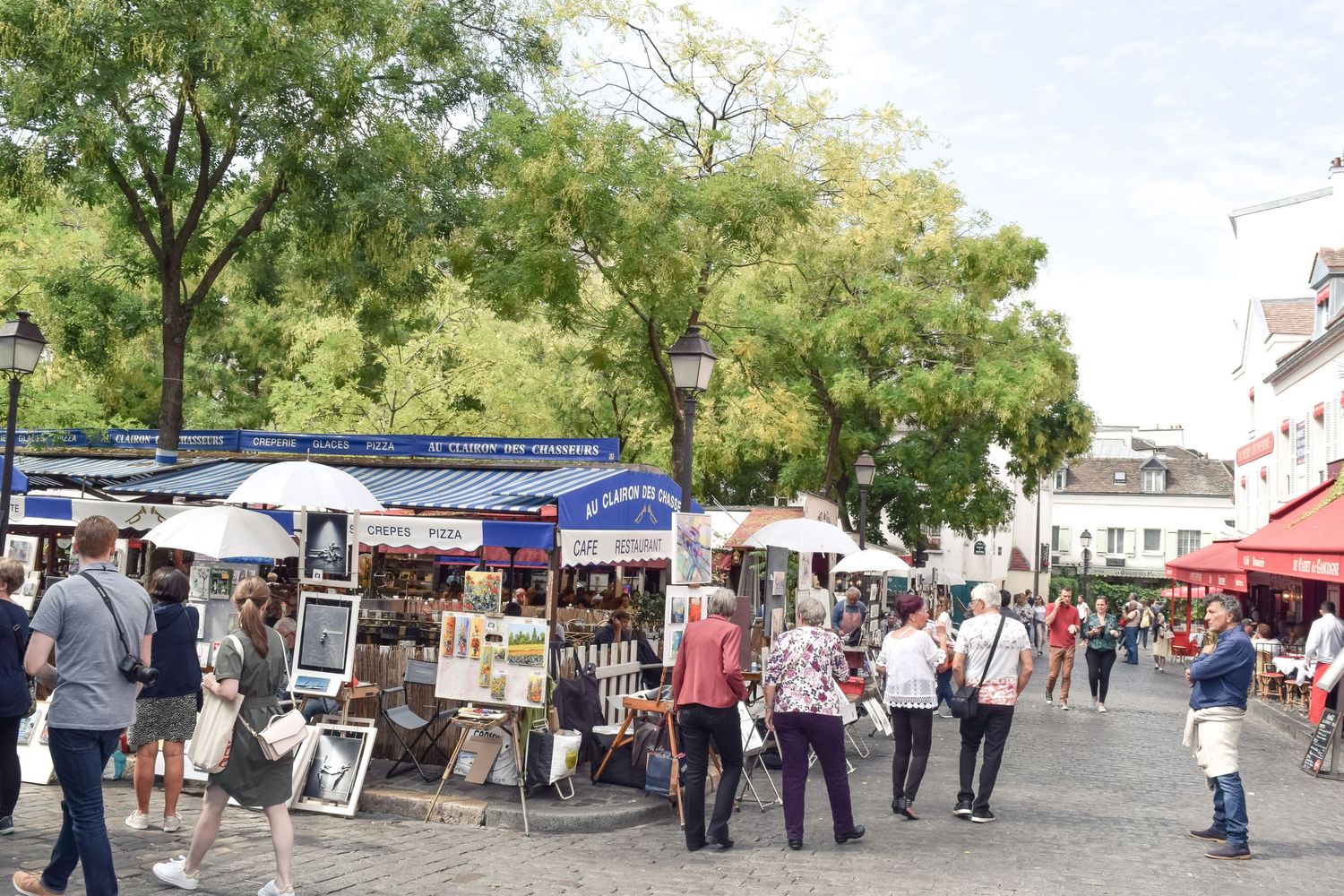
Continue walking by the quintessential café Le Consulat and head up Rue de l’Abreuvoir to see the iconic pink La Maison Rose restaurant. These are a few famous emblems of Montmartre.
Walk south along Rue des Martyrs and spend the rest of the day browsing art at the Gustave Moreau Museum, shopping at Galeries Lafayette with an amazing rooftop view, or touring Paris’ stunning ornate Opera House: Palais Garnier.
